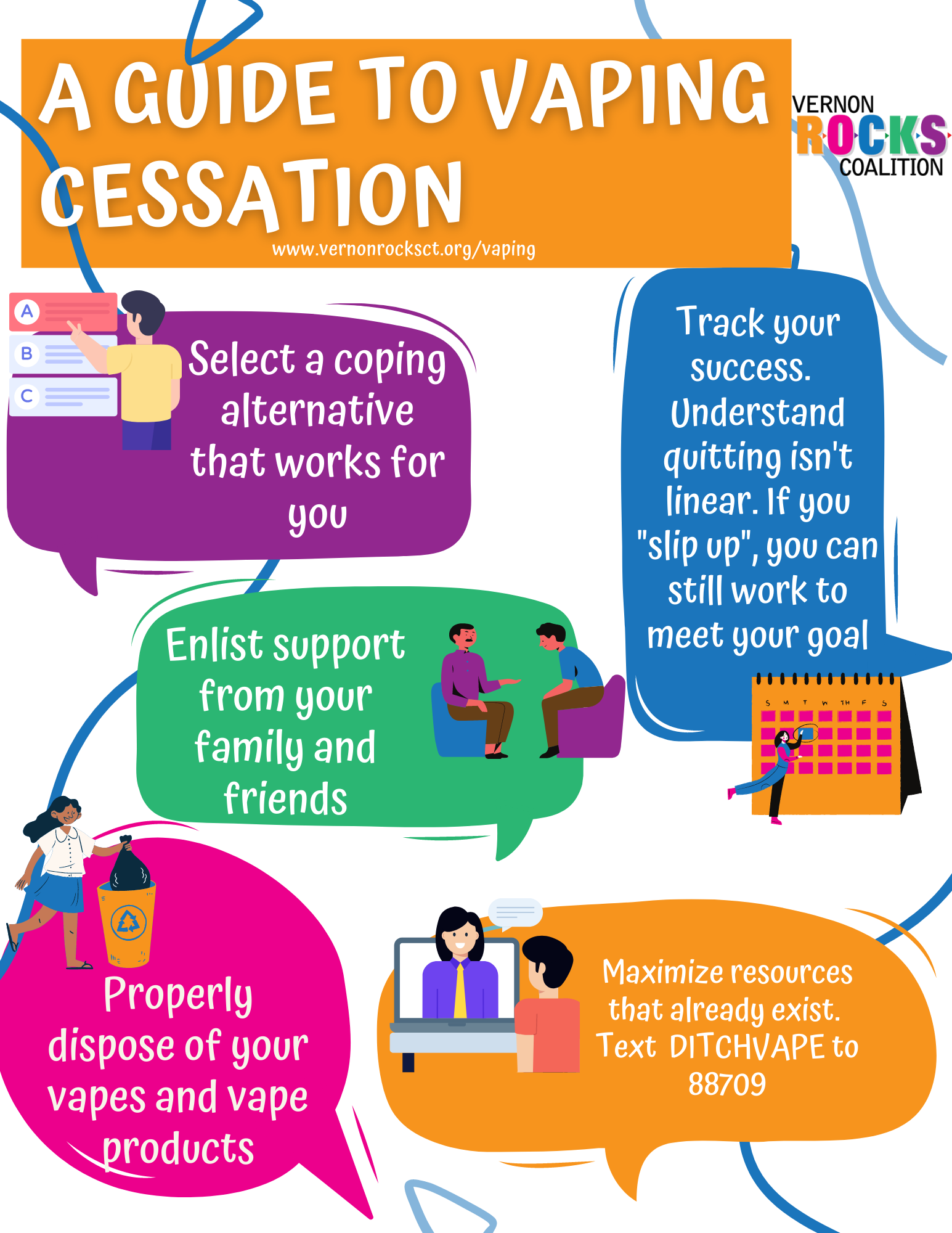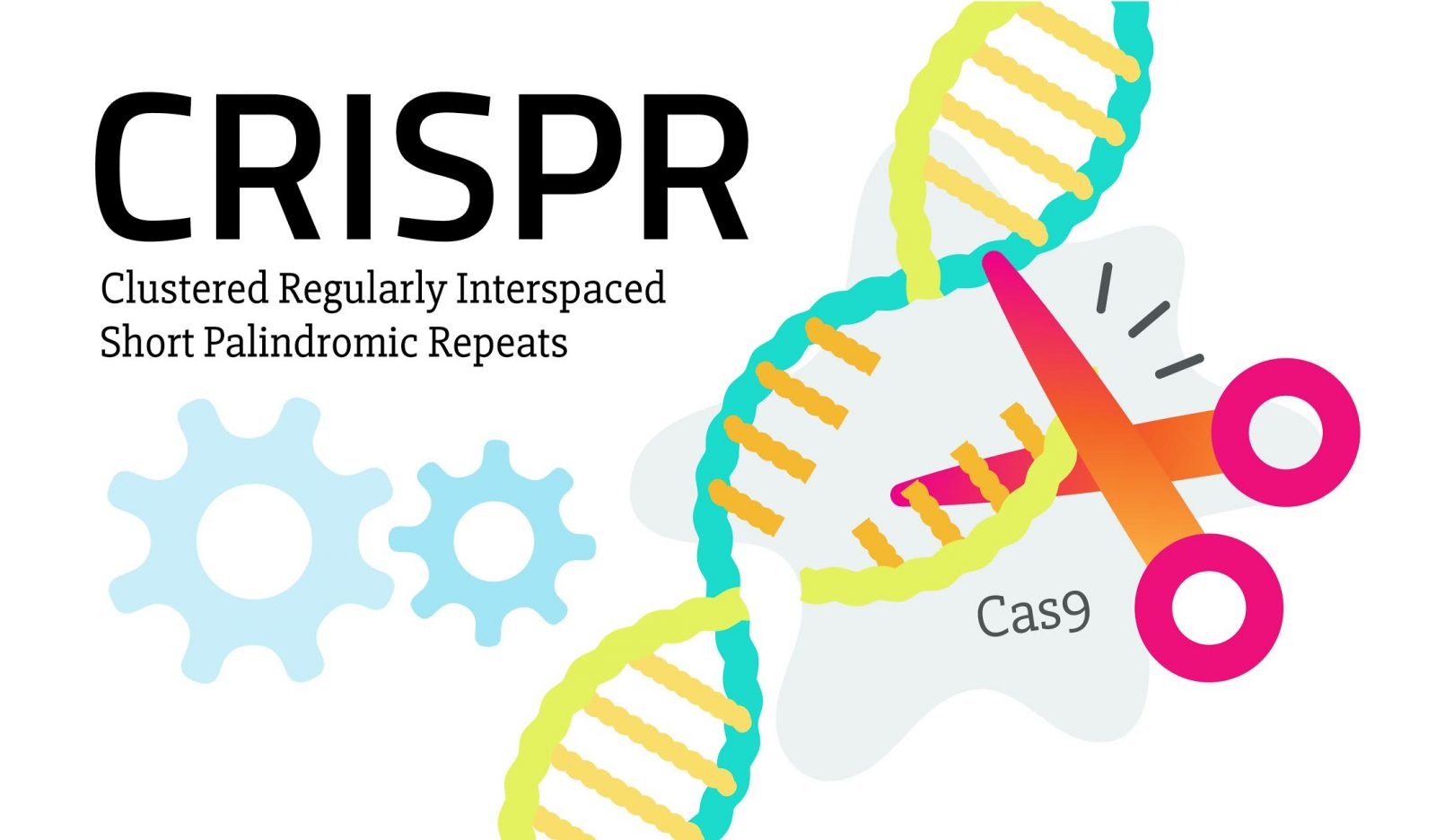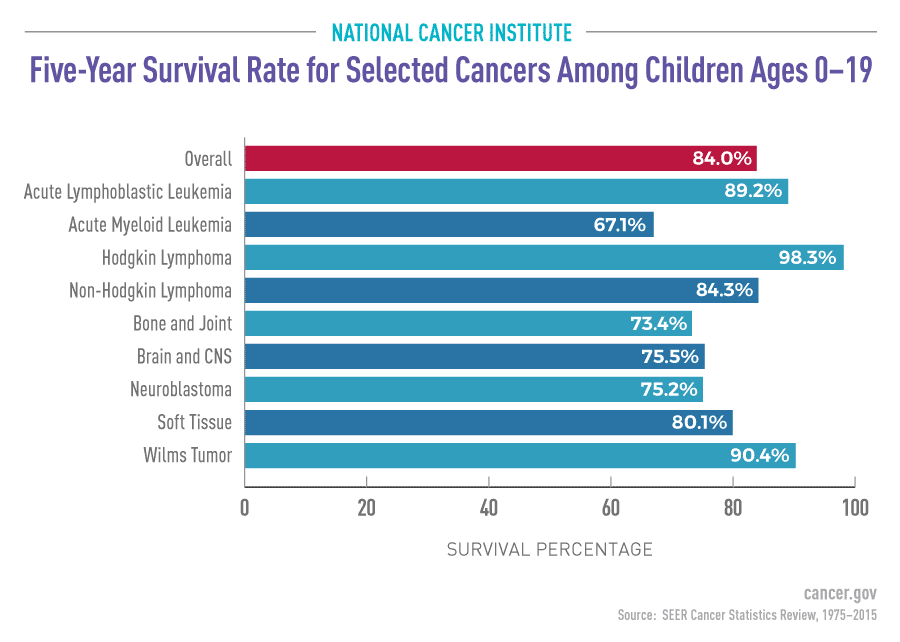Vaping cessation drugs, like varenicline, are emerging as powerful allies in the fight against nicotine addiction among teens and young adults. Recent research from Mass General Brigham shows that this FDA-approved smoking pill significantly boosts the chances of young individuals quitting vaping, offering a promising solution to a growing public health crisis. Varenicline works by targeting nicotine receptors in the brain, providing relief from cravings while helping users break their dependence on vaping products. Compared to those relying solely on behavioral therapy, participants using varenicline demonstrated three times the rate of success in quitting. In an era where vaping is ubiquitous among youth, this innovative treatment could pave the way for healthier futures for countless individuals struggling with nicotine addiction.
The discussion surrounding nicotine replacement therapies is gaining momentum as new methods emerge to assist young adults in overcoming their vaping habits. Tools such as varenicline, recognized as a safe and effective aid approved for adult smoking cessation, have recently been evaluated for their impact on vaping cessation among the youth demographic. This attention reflects a crucial shift towards understanding and addressing nicotine dependency not just in traditional forms of smoking, but also in vaping — which has rapidly gained popularity among adolescents. As the consequences of early nicotine exposure become increasingly evident, initiatives to support young people in quitting their vaping routines have never been more essential. With these innovative therapeutic approaches, we can foster healthier lifestyles in high-risk populations.
Understanding Vaping Addiction in Teens
Vaping has rapidly emerged as a prevalent behavioral trend among adolescents, with a staggering number of youths engaging in this habit. According to recent statistics, nearly 8% of high school students reported vaping in 2024. The appeal lies not only in the various flavors and sleek designs of e-cigarettes but also in the societal acceptance that these devices often enjoy. However, the consequence of this indulgence is a growing epidemic of nicotine addiction that poses serious health risks. Early exposure to nicotine can lead to heightened addiction to other drugs later in life, making this a public health concern worth investigating.
Preventing nicotine addiction among teens is imperative, especially given the health implications tied to vaping, which include respiratory inflammation and exposure to carcinogenic substances. With flavors that attract younger users, there’s a compelling need for targeted treatment options. This scenario necessitates an exploration into effective vaping cessation drugs, such as varenicline, to combat the rising tide of adolescent vaping and provide safe pathways toward recovery.
The Role of Varenicline in Vaping Cessation
Varenicline, commonly known as a smoking cessation pill approved by the FDA for adult nicotine users, has shown promise as a effective treatment for teens and young adults seeking to overcome their vaping addiction. Recent studies demonstrate that adolescents who engaged in a regimen involving varenicline were over three times more successful in quitting compared to those relying solely on behavioral therapies. This highlights the vital role medication can play in aiding nicotine cessation among vulnerable populations who may struggle with the psychological aspects of quitting.
Alongside varenicline, participants in the study received supplemental therapies, such as weekly behavioral counseling and access to text-based support services, which further enhanced their chances of quitting. The comprehensive approach ensures that the psychological components of addiction are addressed while pharmacological support provides an additional boost. As a result, varenicline emerges as a strong candidate for those looking to break free from vaping habits, presenting a promising avenue for teens who find it difficult to manage their nicotine cravings.
The Importance of Support Systems in Quitting Vaping
While medications like varenicline are crucial for overcoming nicotine addiction, the presence of a strong support system enhances the effectiveness of these treatments significantly. Behavioral counseling, peer support, and text-based resources, such as the ‘This is Quitting’ program, allow participants to engage in a supportive community that fosters accountability and motivation during their cessation journeys. Studies indicate that these support systems can bridge the gaps in treatment, providing users with the encouragement needed to stay committed to their goal of quitting.
This multifaceted approach helps to mitigate the psychological toll of quitting by equipping users with essential coping strategies. Participants who blend personal accountability with pharmacological aids and support systems tend to have lower relapse rates. Thus, emphasizing the development of community resources alongside the availability of vaping cessation drugs like varenicline is fundamental in addressing the vaping epidemic effectively.
Creating Awareness: Educating Teens About Vaping Risks
Education plays an instrumental role in combating nicotine addiction among teens. Youths often underestimate the risks associated with vaping and may not fully understand the addiction potential of nicotine. Comprehensive education initiatives that inform young users about the long-term health effects of vaping and nicotine exposure can foster better decision-making. Schools and community programs should prioritize messaging that highlights the dangers of vaping alongside available cessation resources.
Furthermore, collaboration between educational institutions and healthcare professionals will ensure that teens receive accurate information about vaping and cessation options. Engaging young audiences through interactive workshops and peer-led discussions can also encourage open dialogue about vaping habits, enabling teenagers to feel more confident in seeking help. By creating a culture of awareness and support, we can pave the way for more effective interventions against nicotine addiction.
Future Research Directions in Vaping Cessation
The landscape of vaping and nicotine addiction is constantly evolving, necessitating ongoing research to identify the most effective treatment options. While recent studies confirm varenicline’s efficacy among young adults, further investigation is required to assess its impact on younger demographics and explore alternative therapies that may better suit their needs. This could involve studying various biochemical and behavioral interventions to adapt more holistic approaches to nicotine cessation for teens.
Additionally, examining the long-term effects of using varenicline for vaping cessation can provide crucial insights into its overall safety and effectiveness. Researchers must also continue analyzing the psychological factors related to quitting vaping, thus enriching our understanding of nicotine addiction. This continuous cycle of research will empower health professionals to refine treatment guidelines, ensuring that support for teens attempting to quit vaping is as effective as possible.
The Intersection of Public Health and Vaping
As public health officials grapple with the increasing prevalence of vaping among teens, strategic policy development becomes essential. Initiatives aimed at education, regulation, and cessation support must be prioritized to safeguard young populations from the health risks associated with nicotine addiction. By implementing stricter regulations on vape marketing targeted at teens and advocating for smoking cessation drugs, organizations can play a pivotal role in curbing the vaping epidemic.
The integration of public health campaigns that promote awareness about the dangers of vaping, alongside initiatives that ensure access to effective cessation treatments like varenicline, is critical. These efforts must aim not just at reducing vaping rates but also at creating an informed youth population that understands the risks of addiction. Through commitment and collaboration, public health agencies can significantly impact the landscape of vaping and nicotine dependence.
Addressing Behavioral Factors in Vaping Cessation
Behavioral therapy plays a crucial role in the journey toward quitting vaping, particularly for young users who may struggle with the psychological aspects of nicotine addiction. Programs designed to enhance self-efficacy and coping strategies are central to helping teens confront their cravings. Such therapies not only help participants manage withdrawal symptoms but also encourage healthier lifestyle changes that contribute to long-term cessation success.
In conjunction with medications like varenicline, behavioral interventions ensure that participants are not only treating their physical dependence but also addressing the habits and contexts that lead to vaping. Integrating behavioral therapy into cessation strategies proves beneficial, as it empowers teens to develop resilience against relapse by equipping them with the necessary tools to combat triggers.
Understanding the Science Behind Varenicline’s Effectiveness
The mechanism by which varenicline assists in smoking cessation is rooted in its interaction with nicotine receptors in the brain. By partially stimulating these receptors, varenicline mimics nicotine’s effects, reducing withdrawal symptoms and cravings while simultaneously blocking nicotine from attaching to these receptors. This dual action is particularly helpful for individuals recently transitioning from vaping, as it provides a cushion against the intense desire for nicotine during the early stages of quitting.
Research has shown that when varenicline is used in conjunction with behavioral therapies, the chances of quitting vaping improve significantly. This scientific understanding emphasizes the importance of pharmacological aid in conjunction with psycho-social support, enabling health care providers to create comprehensive cessation strategies for adolescents struggling with nicotine addiction. The future of vaping cessation hinges on a robust integration of scientific research into practical treatment applications.
Redirecting Teens from Vaping through Community Support
Creating strong community support networks is essential in the fight against adolescent vaping. Local youth organizations, schools, and parents can collaborate to establish programs tailored to help teens make healthier choices. By providing spaces where young individuals feel safe discussing their vaping experiences, misconceptions can be addressed, and accurate information can encourage them to quit.
Peer-led initiatives can be particularly effective in resonating with adolescents. Engaging peers who have successfully quit vaping to share their stories not only fosters relatability but also ignites motivation among their peers. Community-driven campaigns that champion healthier alternatives to vaping can also make a significant impact, driving home the message that support is available and that quitting is a realistic, achievable goal.
Frequently Asked Questions
What is the role of varenicline in vaping cessation for teens?
Varenicline is an FDA-approved smoking cessation pill that significantly aids teens and young adults in quitting vaping. A recent study showed those taking varenicline had more than three times the success rate of quitting compared to those receiving only behavioral counseling.
How effective is varenicline for teens trying to quit vaping?
Varenicline has proven highly effective for teens, with a study revealing that 51% of participants using varenicline successfully quit vaping within 12 weeks, compared to only 14% in the placebo group.
Can varenicline be prescribed to anyone under 18 for vaping cessation?
Yes, varenicline can be prescribed for individuals aged 16 to 25 who wish to quit nicotine vaping, making it a valuable tool for younger populations struggling with nicotine addiction.
What alternatives to varenicline are there for teens wanting to quit vaping?
While varenicline is an effective medication for vaping cessation, other alternatives include behavioral counseling and support programs, although they have shown less effectiveness compared to varenicline combined with counseling.
Is varenicline safe for young adults attempting to quit nicotine vaping?
Yes, studies indicate that varenicline is not only effective but also safe for young adults. There have been no reports of users turning to cigarette smoking after quitting vaping with varenicline.
What kind of support services are available alongside varenicline for vaping cessation?
Participants using varenicline also had access to weekly behavioral counseling and the text support service ‘This is Quitting,’ which together enhance their chances of successfully quitting vaping.
How does varenicline help with nicotine addiction in young populations?
Varenicline helps mitigate cravings and withdrawal symptoms associated with nicotine addiction, making it easier for teens and young adults to quit vaping effectively.
What does recent research say about vaping treatment for teens using varenicline?
Recent research highlights the effectiveness of varenicline as a primary vaping treatment for teens, showing substantial success rates and illustrating its potential in combating nicotine addiction within this demographic.
Are there any side effects of using varenicline for vaping cessation?
While varenicline is generally safe, it’s important to consult a healthcare provider for a full understanding of potential side effects and to determine if it is the right option for individual vaping cessation needs.
How should varenicline be used for the best results in quitting vaping?
For optimal results in quitting vaping, varenicline should be combined with behavioral counseling and support services, following the prescribed dosage of twice daily as guided by a healthcare professional.
| Key Points | Details |
|---|---|
| FDA-approved smoking cessation pill | Varenicline is approved for adult smoking cessation and now shown to help youth quit vaping. |
| Significant success rate | Participants using varenicline had three times the quit success rates compared to those receiving only behavioral support. |
| Study demographics | 261 participants aged 16-25 were involved in the study. |
| Treatment groups | Participants were divided into three groups: varenicline with counseling, placebo with counseling, and counseling alone. |
| Quit rates at 12 weeks | 51% of varenicline users quit vaping compared to 14% for placebo and 6% for counseling alone. |
| Safety and effectiveness | No users turned to cigarettes, indicating varenicline’s safety. |
Summary
The FDA-approved vaping cessation drug varenicline has proven to be a highly effective intervention for young adults seeking to quit vaping, highlighting its crucial role in addressing nicotine addiction among adolescents. This study indicates that varenicline can help youths quit vaping three times more effectively than traditional methods. With the increasing prevalence of vaping among teens, integrating varenicline into cessation programs can significantly reduce nicotine dependency and enhance public health strategies aimed at this vulnerable population. As we continue to seek effective solutions for vaping cessation, varenicline stands out as a promising option.




